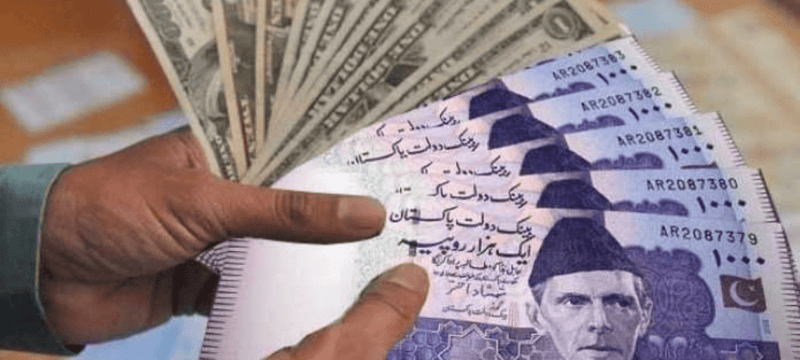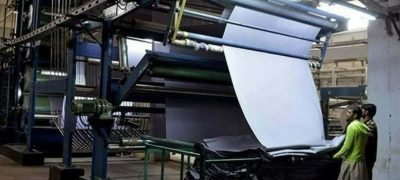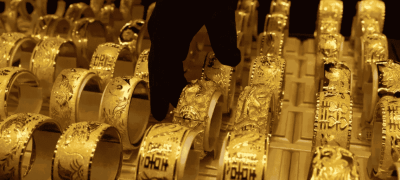The Pakistani rupee recovered sharply on Friday, rising on a “improved” political situation and a drop in importer demand after falling to an all-time low of Rs300 the day before.
After falling to 300 in the previous trading session, the local currency recovered sharply, gaining Rs14 per US dollar to trade at 284.90 in the interbank market.
The recovery came as a result of two major developments in the last few hours.
First, according to market sources, the currency strengthened after importer demand fell as oil payments were released a day earlier.
Secondly, the Supreme Court on Thursday declared Pakistan Tehreek-e-Insaf (PTI) Chairman Imran Khan’s arrest from a court premises “illegal” and ordered authorities to release him “immediately”.
Tahir Abbas, Head of Research at Arif Habib Limited, stated that a day earlier, when the rupee hit a historic low of 300, demand for the US dollar was higher because importers had to retire their payments due; however, today’s demand is relatively lower.
Also Read: Dollar storms, as Pakistani Rupee reaches historic Rs300 at interbank
“Less demand, coupled with an improved political situation, has resulted in this sharp recovery,” he told.
Abbas recalled that the rupee had lost more than Rs20 in the previous three days; however, the currency has remained volatile since the uncertainty surrounding the International Monetary Fund (IMF) programme sparked default fears.
As a result, the currency market did not react negatively to Finance Minister Ishaq Dar’s press conference, during which the senator stated that Pakistan will not default even if there is no IMF programme.
Dr Khaqan Najeeb, former adviser to the Ministry of Finance, explained currency movement in the short term as being driven by the sentiments of investors, exporters, importers, remitters (in Pakistan’s case), as well as inflows from debt creating and non-debt creating instruments.
“In Pakistan’s case, this sentiment weakened over the last two, three days as the country appeared to be in a difficult political situation,” he said, adding that the sentiment likely caused people to hold their dollars.
Dr. Najeeb hinted at the possibility of intervention, saying that the central bank could have rightly intervened to ensure that the disorderly movement of the rupee’s weakening did not continue.









